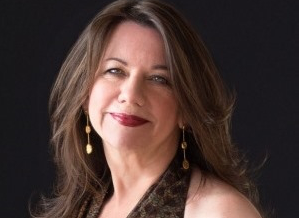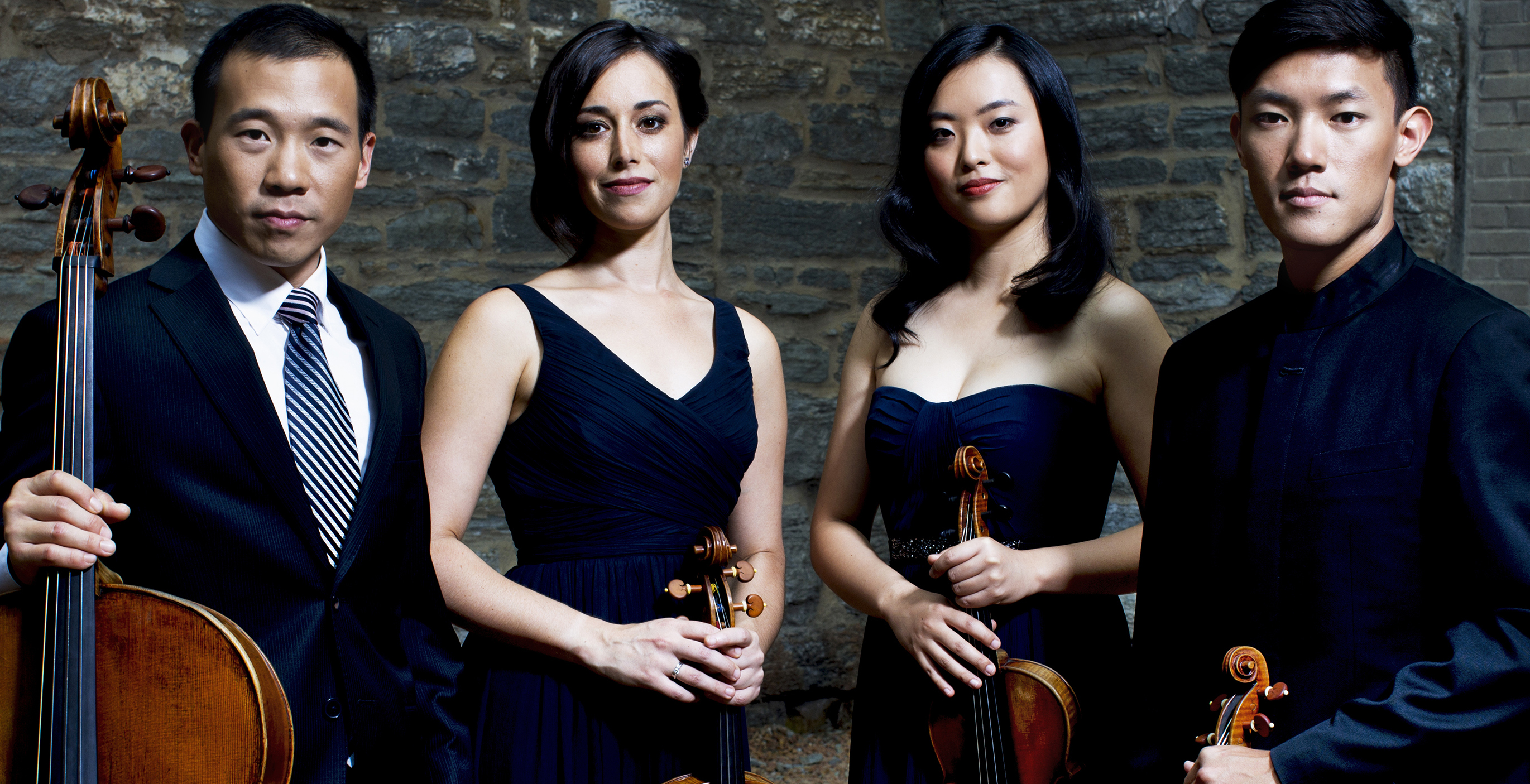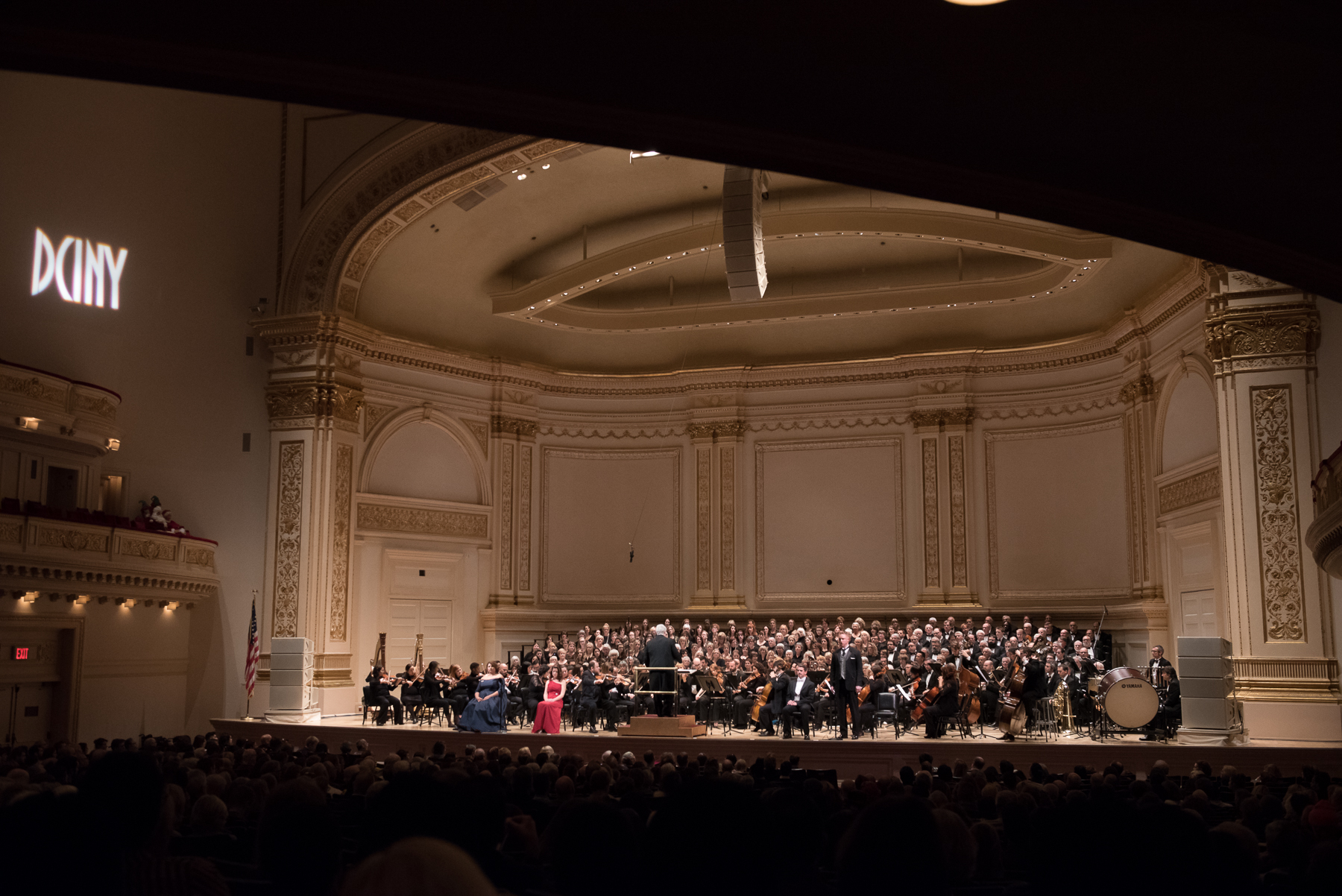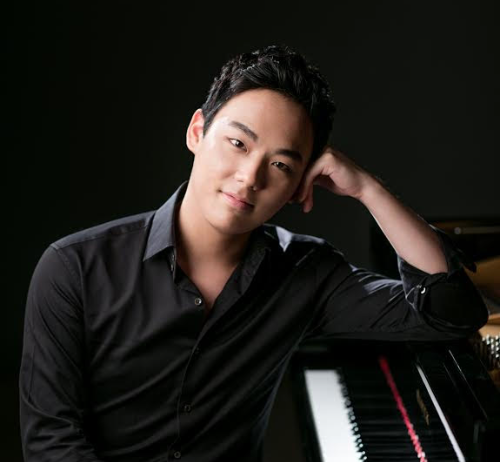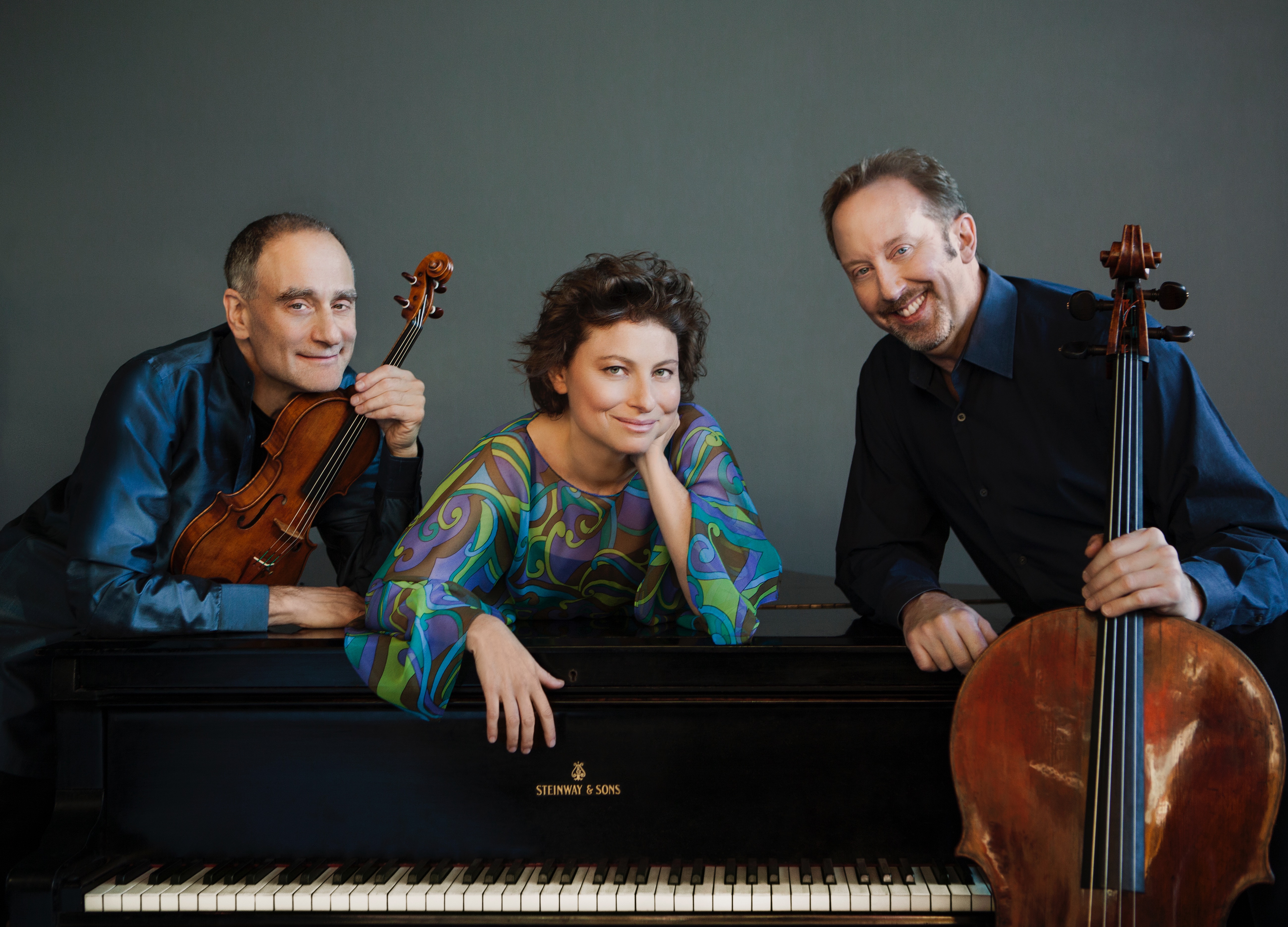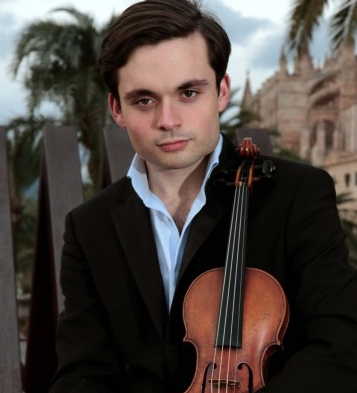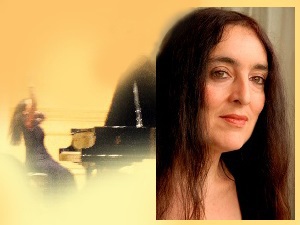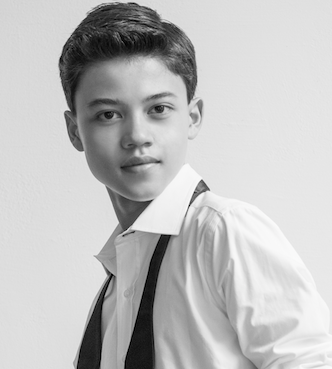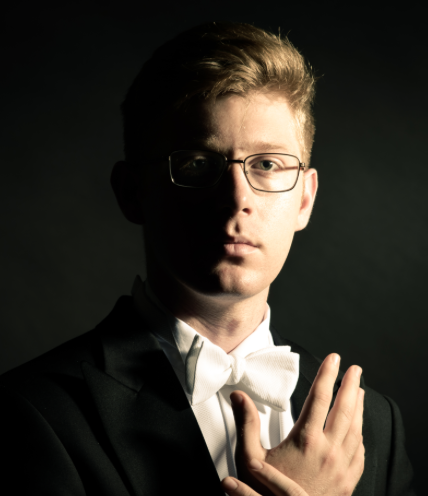Key Pianists presents Terry Eder, piano
Weill Recital Hall at Carnegie Hall, New York, NY
March 2, 2017
A musician’s musician is the phrase I kept returning to mentally during Terry Eder’s distinguished Weill Hall recital, the second of this season’s Key Pianists series. She is a pianist with utter seriousness of conception, beauty of tone, lyrical sensitivity, never any “grandstanding.” It is so important that we hear artists like this to remind us of what matters musically, and to balance the seemingly endless parade of flashy virtuosi.
The evening began with Bartók’s Fifteen Hungarian Peasant Songs (1914/18). In a 1907 letter to Stefi Geyer, Bartók modestly stated (not without patriotic bitterness),“As regards myself, I desire a little happiness for a few—to serve the society of run-to-seed princelings called the Hungarian intelligentsia by collecting national songs and so forth.” Here one witnessed just how total was his success in revealing the true spirit of a people, rather than the falsified notion that had long been accepted of “gypsy” (really Westernized café-music) music as “Hungarian.”
Schubert’s Drei Klavierstücke (D. 846) belong to the family of his astonishing late works, if death at thirty-one can be considered “late.” There used to be some speculation that they had been destined for another set of four Impromptus, though that seems to have been settled by scholars in the negative. Thank goodness however (as with all of Schubert’s oeuvre) that they survive, for they contain some of his most rapturous writing for the piano. I refer particularly to the B major hymn/prayer middle section of the first piece and the entire second piece (which I consider Schubert’s Venetianisches Gondellied), in which Ms. Eder reached mystical flights of vision, with just the right amount of freedom and beautiful color changes. The third piece, which many find “less than” the first two, nevertheless tied in to Ms. Eder’s general theme of music from the Austro-Hungarian empire, with its decidedly “Bohemian” rambunctiousness.
Two of her recital groups were absolutely revelatory- the Dohnányi Six Pieces, Op. 41 and the Bartók Improvisations, Op. 20. Aside from reading the sheet music and hearing it on recordings, I had never previously heard a live performance of the Dohnányi, a composer sadly underrated even in his own time, partly because of his great virtuosity as a performer, and his reluctance to participate in the most progressive “isms” of the early twentieth century. In Cloches (Bells), the last of the six pieces, (a memorial to his son who died as a Russian prisoner of war), we hear some of the blending of impressionism, and in Cascades, the rushing of water summons echoes of Liszt. Ms. Eder’s rendition of Canzonetta (the third piece) was ravishing, and she brought out the ironic humor of Ländler (the fifth piece), a decidedly retro dance that had not been performed since Schubert’s time.
In the Bartók Improvisations (eight pieces based on Hungarian folk songs), Ms. Eder was absolutely magisterial and inspired, revealing every melody with the appropriate parlando/rubato that was so important to Bartók, and keeping every bit of the often complicated surrounding accompaniment on its own clear level. One of the chief rules of the Hungarian language is that the first syllable of the word carries the stress or tonic accent. There is a strong musical/linguistic correlation to this in the folk materials collected and transformed by Bartók (this phenomenon was also clearly articulated as a compositional strategy by Janáček). Bartók stated of the Improvisations– “The peasant melody has become purely a symbol, and the essential thing is its setting. The melody and all that we have added to it must give an impression of inseparable unity.” Ms. Eder clearly enabled us to hear the motivic thread that unites all the sections. I always found it curious that the opening Improvisation should have such a solemn tone when the words are about cake-baking and a kiss in the garden. In Ms. Eder’s hands the death-haunted third Improvisation was perfection itself. On such a windy day/night in New York, the fourth Improvisation’s message that “poor people are always hurting when the wind blows” was especially apt.
Ms. Eder finished with a wonderfully refined account of Liszt’s arrangement of the Schumann song Widmung (“Dedication,” poem by Rückert), which is usually trotted out as a sort of guilty-pleasure encore by less-thoughtful pianists. Here, Ms. Eder never lost sight of the original as a German Lied (art-song), her phrasing followed the accented and unaccented syllables of the words perfectly, which allowed me to really enjoy it!
She favored her enthusiastic audience with an energetic account of the sixth of Bartók’s Six Dances in Bulgarian Rhythm from the last volume of Mikrokosmos.
Ms. Eder, who is the generous patron of, and visionary behind, the Key Pianists series, showed us why she is herself “key.” Brava!

